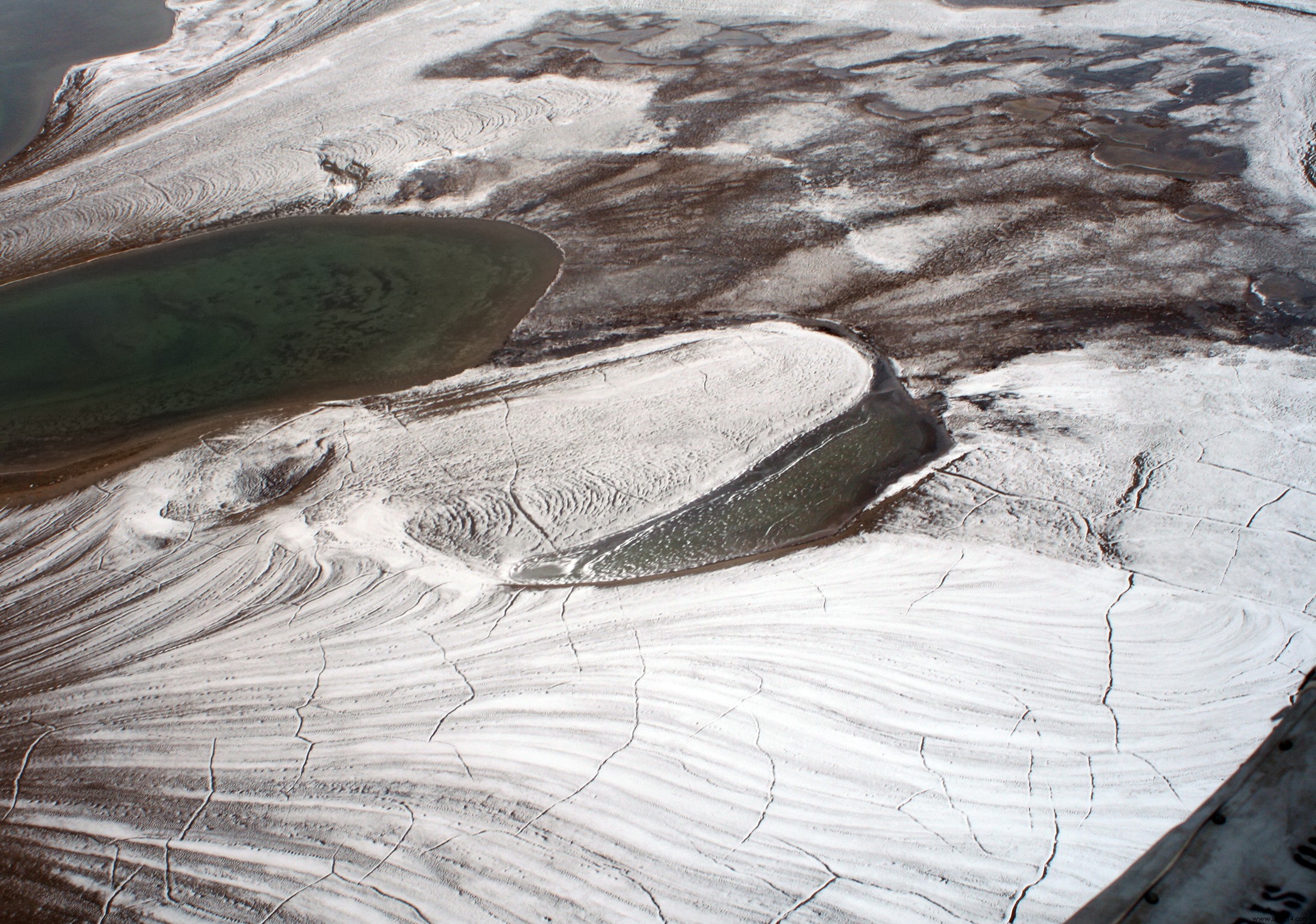According to science, prehistoric microorganisms are resistant to antibiotics. Thus, the question of a potential pandemic arises with the melting of ice and permafrost in the polar regions. If most of the research focuses on the Arctic, what about the Antarctic?
On November 9, 2021, the following question was asked on the Quora platform:"Scientists predict new diseases will emerge when Antarctica is fully 'thawed' », do you believe it? » In 2021, several studies have shed more light on the permafrost thaw problem , that is to say the part of a soil whose frost lasts at least two consecutive years. Remember that over the decades, centuries and millennia, the soils of cold regions have trapped large quantities of organic matter, metals and chemical compounds of natural origin or emitted by humans. However, permafrost thaw is a source of multiple and heterogeneous risks for the global climate, environment and human societies.
This thaw is already a source of carbon release in the atmosphere, whose climate impact could be greater than expected. And above all, it could cause the potential release of bacteria and other unknown viruses. In February 2021, a Russian laboratory claimed to have started research on possible paleoviruses still present in certain animals discovered with the melting of the permafrost in Siberia.

Remember that permafrost stores between 1,330 and 1,580 billion tonnes of carbon , i.e. one third of the organic carbon in the soil. Nevertheless, this same frozen ground covers about 17% of the earth's surface. Along with its melting, several prehistoric antibiotic-resistant bacteria were discovered. Obviously, the risk of large-scale release exists and can be a source of a global pandemic.
Nevertheless, the question on the Quora platform was specifically about the complete melting of Antarctica. First of all, let's mention the fact that if this melting really took place, it should on the other hand occur well after that of the other ice caps glaciers. This event would also lead to a sea level rise of about 120 meters.
In reality, it is very difficult to answer the question very precisely. Indeed, Antarctica has been in place for about 34 million years . However, this makes any desire to assess the risks of finding harmful bacteria, whether in its permafrost or its ice cap, very complicated.